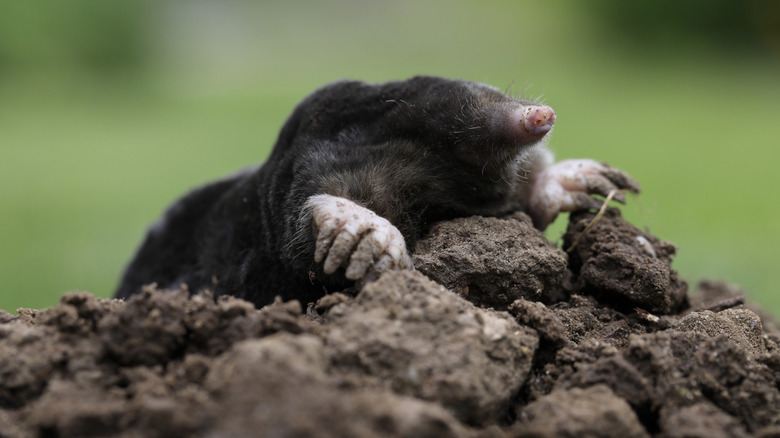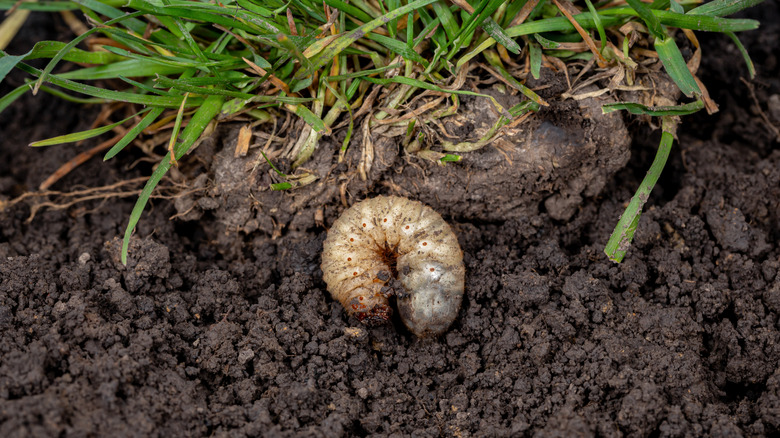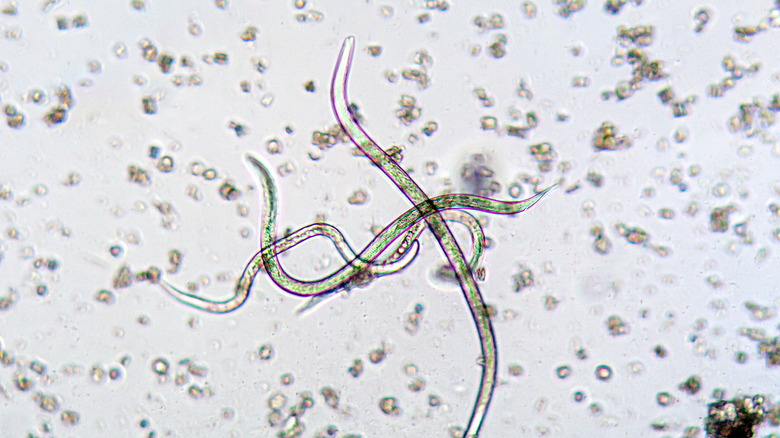Why Moles Could Be Attracted To Your Yard (And How To Keep Them Out)
Maybe you've noticed their tunnels, or the telltale piles of dirt outside a tunnel's entrance. Perhaps your grass is dying off, or you've spotted one of these critters with your own eyes! If you have a mole problem, you know the health of your plants and lawn hang in the balance.
Of course you could spend your time trapping and eradicating each mole that finds your backyard year after year, or you could get to the root cause to prevent future visitors altogether. The truth is, moles love moist soil, rich with their favorite food source: grubs and worms. You can eliminate some of their diet from your lawn by watering your soil less and using garden barriers to make your plot of land less desirable for them.
So put away the pickle juice, bleach, moth balls, and ultrasonic devices. In this article, we'll go over how to landscape your lawn and flower beds so moles don't find them nearly as inviting. By understanding what moles are attracted to and how to change these factors, you'll strike a perfect balance for a mole-free yard.
The reason moles love your yard
Moles are fascinating creatures. Left alone, they can consume up to 50 pounds of earthworms each year. Healthy, rich soil is a haven for worms and a veritable buffet for moles. So it stands to reason, the healthier your grass, the more these critters have to feast on. Similarly, moles love grubs, which also love eating your plants. On the one hand, moles act as a type of pest control for grubs, but for most homeowners, the damage moles wreak on a lawn aren't worth the tradeoff.
About the size of chipmunks, moles are also specially designed to tunnel through soil at a rate of 18 feet per minute — all while breathing underground. And while they can generate brute force with their big front paws of up to 32 times their body weight, they have a much easier time burrowing through moist, loose soil, than rocky terrain. If your yard meets the qualifications of a lush backyard oasis with a well-watered lawn, you might as well have a "for rent" sign outside. Moles will be drawn to these places where they can dig expansive tunnels easily to find food.
Contrary to popular belief, moles don't actually want anything to do with your plants. In some cases, their tunneling exposes buried bulbs and root systems of plants and grass, but moles don't eat them. Grass dies off when its roots are exposed to oxygen, but if you find your bulbs have been nibbled, it's likely a mouse or other rodent, such as a vole, has used the mole's tunnels to find the snack.
Making your lawn less attractive to moles
You can't effectively eliminate earthworms from your lawn — and you shouldn't. But you can attack grubs with pesticides. The best ways to get rid of grub worms are often biological. Start by purchasing nematodes, microscopic worms which also eat grubs. As the nematodes eat the grubs, there will be less for moles to feast on. Milky spore, another biological control in the form of a bacterial spore, can also be used to control your grub population.
Some experts say trying to eliminate a mole's food source is nearly impossible, so landscaping is your next option. Start by cutting back on your watering schedule. When the soil has been dried a bit, moles have a harder time burrowing, which can deter them from developing your lawn into a mole highway. Overwatering can also create wet pockets where insects thrive, drawing moles. Solve drainage issues in problem areas for a more long-term solution.
Garden fencing around beds can also work to protect certain areas and plants from mole damage. One method is to use L-shaped sheet metal, burying at least a foot of it in the ground angled a certain way to prevent moles from tunneling underneath it. Hardware cloth and specially designed mole barrier fabric are other options.
Finally, consider planting herbs and flowers moles dislike, starting with marigolds. This low-maintenance flower will keep moles out of your yard and garden with its strong scent. Mint and ornamental onions are other stunning plants that will keep your yard free of pesky moles.


